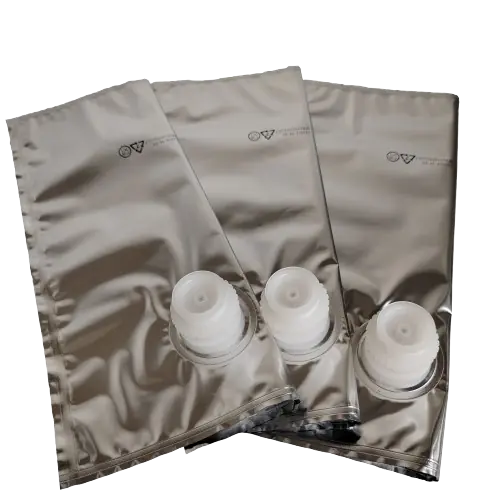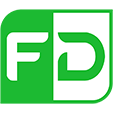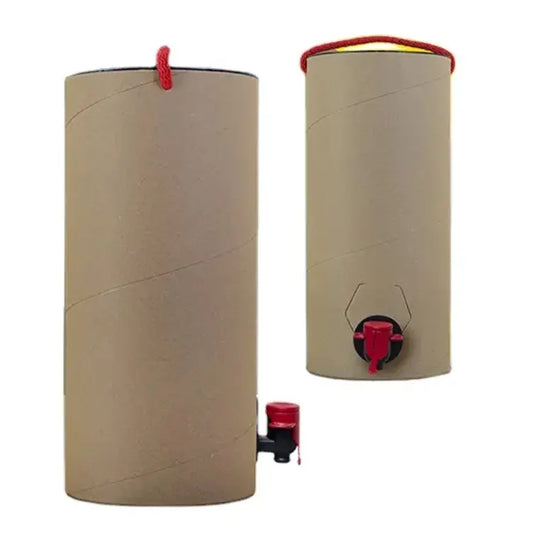
How Bag in Box (BIB) Systems Work: FDpack’s Guide to Efficient, Sustainable Packaging
zhangrenfangShare
In industries ranging from food and beverage to pharmaceuticals, Bag in Box (BIB) systems have become a cornerstone of modern liquid packaging. At FDpack, we specialize in engineering BIB solutions that combine innovation, sustainability, and reliability. This blog breaks down how BIB systems operate, their benefits, and why they’re revolutionizing liquid storage and dispensing worldwide.
What is a Bag in Box (BIB) System?
A Bag in Box system is a three-part packaging method comprising:
- Flexible Inner Bag(bag-in-box bag): Made of multi-layered, high-barrier films (e.g., EVOH, metallized PET) to prevent oxygen ingress and UV exposure.
- Outer Corrugated Box(bag-in-box box): Provides structural support and branding space.
- Fitment/Valve: Ensures hygienic, leak-proof dispensing.
FDpack’s BIB systems are designed for liquids like wine, juice, chemicals, and pharmaceuticals, offering unmatched freshness and cost efficiency.
How Does a Bag in Box System Work?
1. Filling the Bag
- Aseptic Process: FDpack’s BIB bags are sterilized via gamma irradiation (≥15kGy) and filled in sterile environments, ideal for perishables like UHT milk or wine.
- Precision Machinery: Automated fillers ensure accuracy, minimizing product loss.
2. Sealing & Boxing
- The filled bag is inserted into a corrugated box, with the fitment (tap/spout) threaded through a pre-cut hole.
- FDpack’s boxes are 100% recyclable and customizable with branded graphics.
3. Dispensing
- Users activate the fitment (e.g., push-button tap), allowing gravity-fed dispensing.
- As liquid flows out, the bag collapses, preventing air contact and oxidation.

Why FDpack’s bag-in-box BIB Systems Lead the Market
High-Barrier Materials
- Layers like EVOH, PA, and ALU block oxygen, light, and moisture, extending shelf life by 6–12 months.
- Ideal for oxidation-sensitive products like wine or olive oil.
Sustainability Focus
- 50% Less Plastic: Lightweight films reduce material use vs. rigid containers.
- Recyclable Components: Boxes and select films align with circular economy goals.
Cost Efficiency
- Lower Shipping Costs: Compact, stackable design cuts freight expenses by up to 30%.
- Reduced Waste: Air-tight dispensing minimizes product spoilage.
Versatility
- Sizes: 1L to 1,000L for retail, foodservice, or industrial use.
-
Applications: Wine, juice, dairy, liquid soap, lubricants, and pharmaceuticals.

Industries Transformed by FDpack’s BIB Solutions
- Food & Beverage: Preserve freshness in wines, cold-pressed juices, and plant-based milks.
- Chemicals: Safely store and dispense solvents, adhesives, and cleaning agents.
- Pharma: Sterile packaging for liquid medications and nutritional supplements.
FDpack’s Innovations in BIB Technology
- Smart Fitments: IoT-enabled taps for real-time usage tracking.
- Bio-Based Films: Compostable materials in development for zero-waste solutions.
- Global Certifications: FDA, BRC, Kosher, and IMS Dairy approvals.
Conclusion: Elevate Your Liquid Packaging with FDpack
Bag in Box systems are more than a trend—they’re a sustainable, cost-effective necessity. FDpack’s expertise in high-barrier, aseptic BIB packaging ensures your products stay fresh, reduce waste, and meet eco-conscious demands.
Call to Action:
Ready to optimize your liquid packaging? Explore FDpack’s Bag in Box solutions at https://baginbox-packaging.com/ or contact our team for a customized quote.
FDpack – Innovating Packaging, Preserving Quality.





